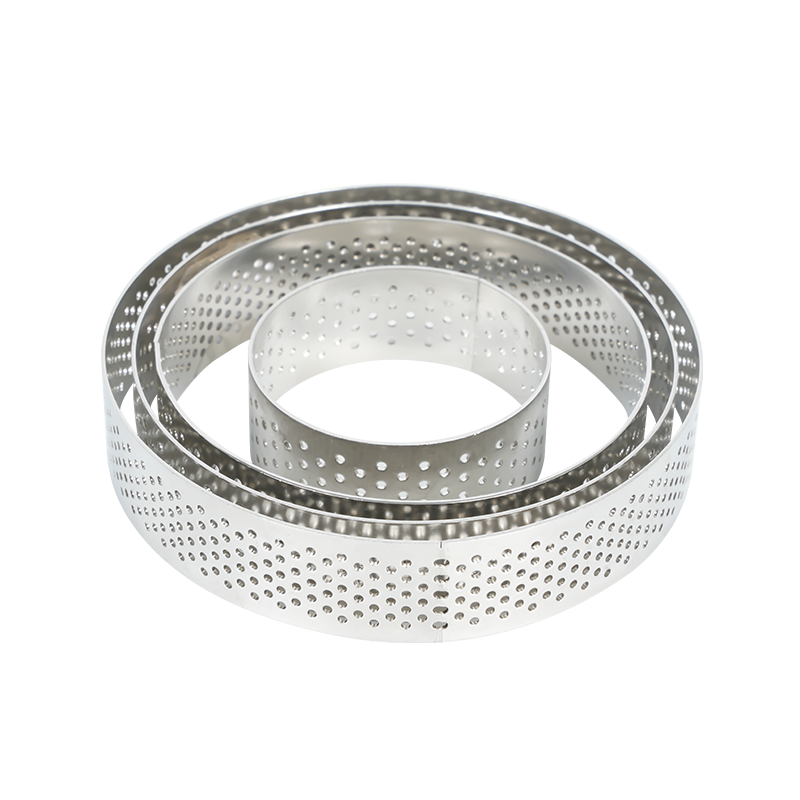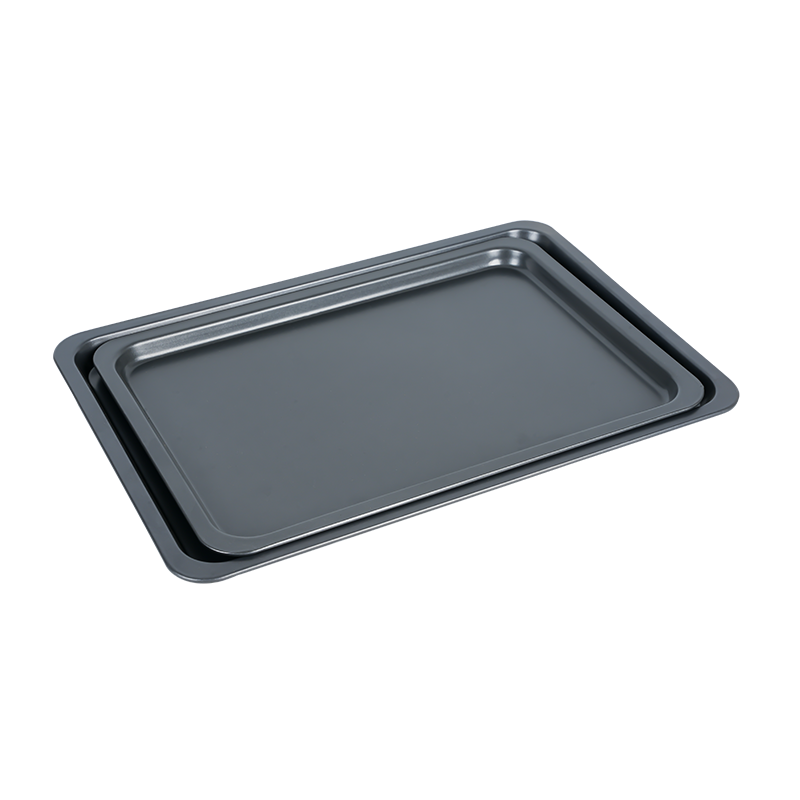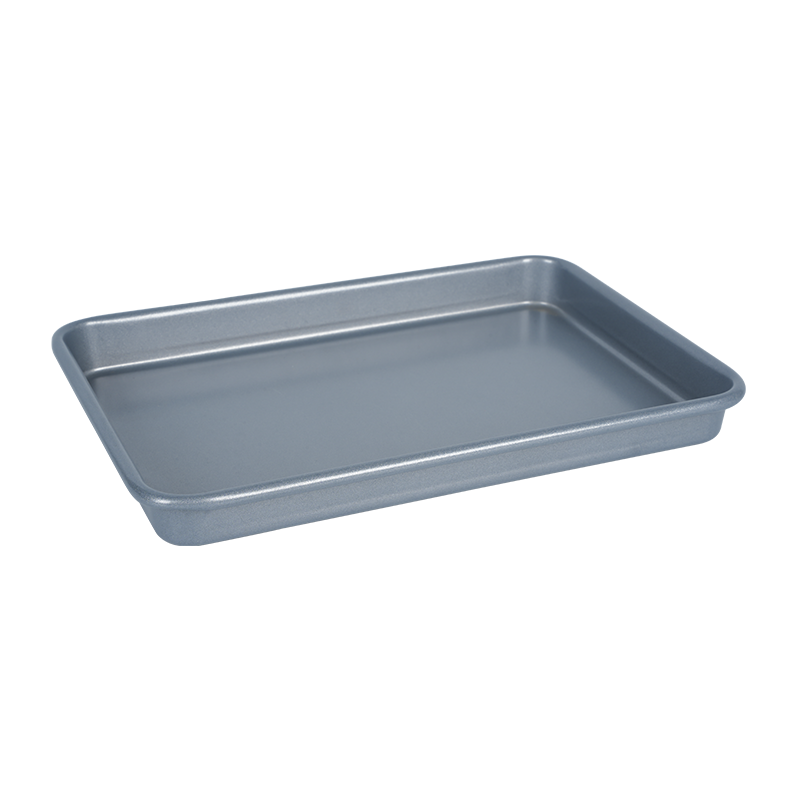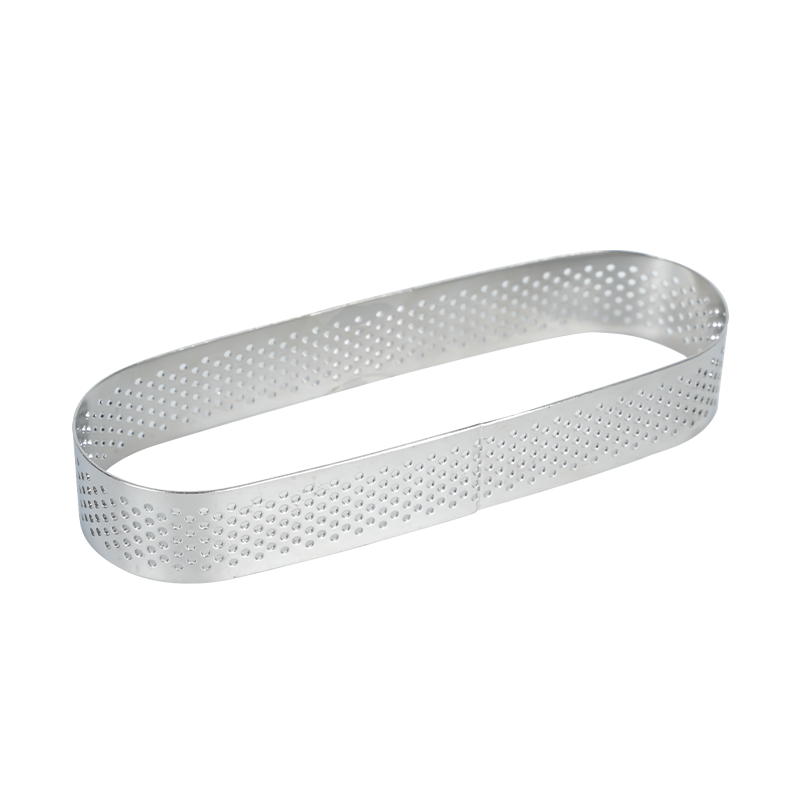The company relies on a high degree of brand awareness, fine product quality, convergence of multiple strong advertising media power, and through the integration of capital, knowledge, talent technology, channels, information operations.
China OEM High Quality Cooking Pan Non Stick Wholesaler
The advent of the Cooking Pan Non Stick has changed the way we cook and clean in the kitchen. Its non-stick surface promises a hassle-free cooking experience, but does this convenience extend to the cleaning process? This article aims to explore the ease of cleaning Cooking Pan Non Sticks, examining the factors that contribute to their washability and the practices for maintaining their pristine condition.
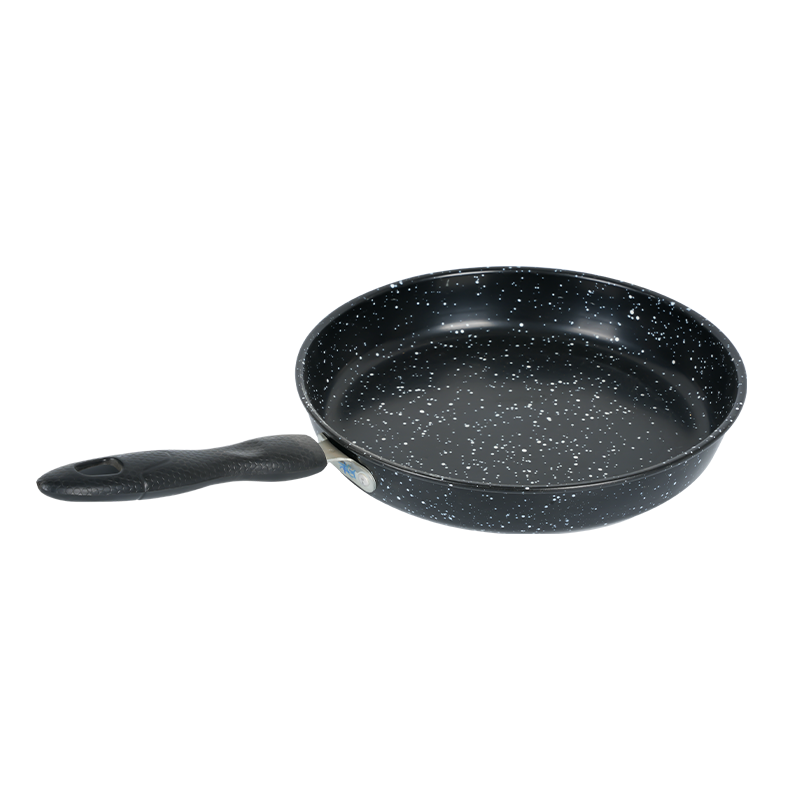
One of the primary benefits of Cooking Pan Non Sticks is the reduced need for oil or butter when cooking, which not only promotes healthier eating but also simplifies the cleaning process. The non-stick coating repels food particles, making it easier to wipe away any residue left behind after cooking. This feature is particularly advantageous for those who prefer a quick and efficient cleanup.
However, the ease of cleaning a Cooking Pan Non Stick is not solely dependent on its non-stick surface. The material of the pan, its construction, and the type of non-stick coating all play a role in how well it withstands the rigors of daily use and cleaning. For instance, pans with a heavy-gauge aluminum construction tend to heat more evenly, which can reduce hotspots that might cause food to stick and subsequently make cleaning more challenging.
The type of non-stick coating is another critical factor. Traditional coatings like PTFE (Teflon) have been the standard for many years, but they can degrade over time, especially when exposed to high temperatures. This degradation can cause a less effective non-stick surface and potentially make cleaning more difficult. Newer coatings, such as ceramic and diamond-infused non-stick surfaces, are designed to be more durable and resistant to scratching, which can maintain their non-stick properties longer and make cleaning easier.
Despite the non-stick properties, it's essential to use the right tools when cleaning Cooking Pan Non Sticks. Using metal utensils or abrasive scrubbers can damage the non-stick surface, causing a decrease in its effectiveness and an increase in the difficulty of cleaning. Instead, soft sponges or plastic scrapers are recommended to avoid scratching the surface.
Furthermore, the timing of cleaning Cooking Pan Non Sticks can also impact the ease of the process. Allowing food to sit and dry on the pan can make it more challenging to remove. Prompt cleaning, either while the pan is still warm or after it has cooled, can make a significant difference in the cleanliness of the pan.
Another aspect to consider is the use of dishwashers for cleaning Cooking Pan Non Sticks. While convenience might tempt one to use a dishwasher, it is generally not recommended due to the harsh conditions that can damage the non-stick coating. Hand washing with warm soapy water is often the method used to preserve the integrity of the pan.
In conclusion, the ease of cleaning Cooking Pan Non Sticks is influenced by a variety of factors, including the type of non-stick coating, the material and construction of the pan, the use of appropriate cleaning tools, and the timing and method of cleaning. By understanding these factors and adopting the right practices, one can ensure that their Cooking Pan Non Stick remains easy to clean and maintains its non-stick properties for a longer period. This knowledge empowers consumers to make informed decisions when choosing and maintaining their Cooking Pan Non Sticks, causing a more enjoyable and efficient cooking and cleaning experience.

 English
English русский
русский Español
Español